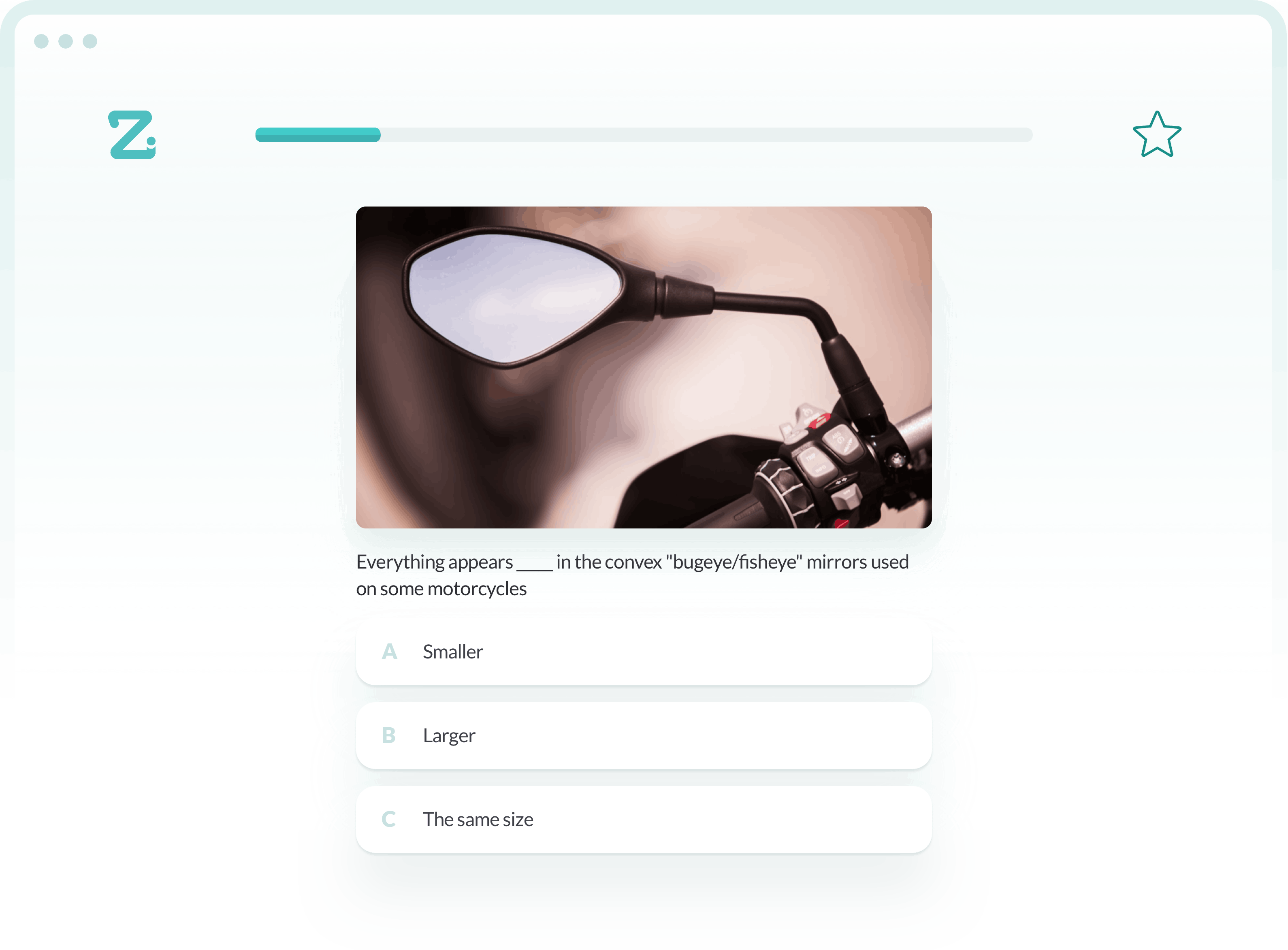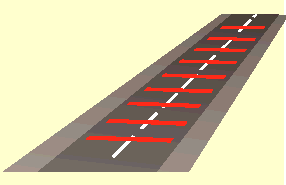
Learn All Theory Test Categories
Our multiple-choice questions cover all 14 motorcycle theory test categories that are on the test, such as Alertness, Attitude, Documents, Hazard Awareness, Incidents & Emergencies, Motorcycle Handling, Motorcycle Loading, Motorway Rules, Other Vehicles, Road Signs, Rules of the Road, Safety and Your Motorcycle, Safety Margins, and Vulnerable Road Users.






